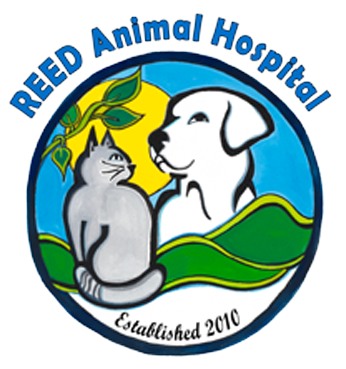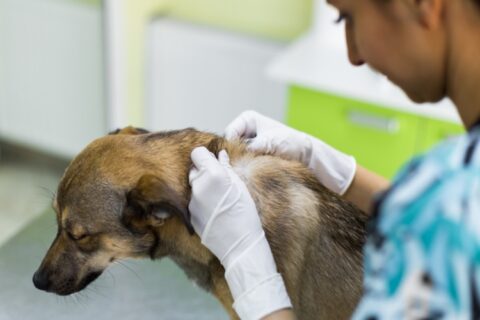Spotting Dehydration in Dogs

Did you know that dehydration can be as dangerous to dogs as it is to humans? It can cause serious health conditions. Steps to avoid it include providing adequate water sources for your dog throughout the day, especially when it is warm out or your dog is engaged in outdoor activities. Never leave your dog in a car where temperatures rise quickly. Even when temperatures are moderate, the temperature inside a car can quickly exceed the outside temperate by 20 to 30 degrees. In cases like these, dogs can become dehydrated in a very short time. If you believe your dog is dehydrated, give him water immediately and go immediately to your Campbell veterinary hospital. Left untreated, dehydration can have serious consequences and even fatal consequences for your dog’s health.
Early Stages
In the early stages of dehydration, your dog is likely to exhibit visible symptoms such as being apprehensive or acting noticeably tired. He or she may pant excessively which can actually cause additional fluid loss. Sunken eyes, dry noses, and dry gums are also possible. In these early stages providing ample fluids through water and moist foods can often restore your dog’s water and electrolyte balances. Visit your veterinary hospital if your dog refuses to eat or drink to prevent symptoms from worsening.
Intermediate Stages
You can recognize advancing dehydration in your dog by checking his or her skin’s elasticity. Gently pinch a small amount of skin on your dog’s back and release it. If your dog’s skin does not snap immediately back in place, your dog may be dehydrated. You can also check for dehydration by examining your dog’s gums. Press your finger onto the gums until they look white. When you remove your finger, blood should rush immediately back in turning the gums back to pink. If your dog’s gums are slow to recover, then he or she may be dehydrated.
Advanced Stages
When your dog is significantly dehydrated, he or she will be unsteady on his or her feet. The hind legs will be especially weak. This stage of dehydration is a medical emergency and should be treated immediately by an emergency vet clinic.


